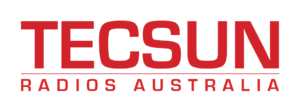
At this time of year is there anything more ingrained in our tradition than watching “A Christmas Carol” on Christmas Eve every year? A tale we all grew up with, a lesson about being humble and enjoying the small moments of kindness and happiness in life.
A Christmas Carol recounts the story of Ebenezer Scrooge, an elderly spendthrift (yes the term scrooge that is used these days for somebody tight with money came from this character)! Ebenezer spends his time greedily counting his money from his business. On Christmas Eve he is visited by the ghost of his former business partner Jacob Marley and the spirits of Christmas Past, Present, and Yet to Come, and shown situations where he was shown love and kindness but chose selfishness instead. After their visits, Scrooge is transformed into a kinder, gentler man.
At Christmas 1939 during the depression, a production of “A Christmas Carol” was performed at the playhouse, directed by Orson Welles, and aired over the radio thanks to the Campbell Playhouse. Families gathered around to hear the story.
This was the earliest known production of a Christmas Carol on the radio.
It is quite a treat to listen to this recording that certainly evokes nostalgia and a reminder of life at the time of writing. There are not many radio recordings from this time, in fact only two Christmas recordings exist today from this period in time. Tis the season indeed, take some time out to listen to this broadcast and think back to a time when people used their radios as not only announcements, important news, and music, but also as entertainment. A far cry from the technology that exists today.
Click below to listen to the audio recording of this classic tale.
 Yes, it is the season of giving! With holidays coming up it is also the time for exploring your hobbies and creating your own space to do more of the things you enjoy
Yes, it is the season of giving! With holidays coming up it is also the time for exploring your hobbies and creating your own space to do more of the things you enjoy
If this year has taught us anything, making sure your home is as comfortable as possible is paramount.
If you have dabbled in shortwave in the past and enjoyed it, perhaps now is the time to invest in this fantastic hobby and expand your horizons!!
We have created some fantastic bundle packs that are not only great as a gift idea but are also great suggestions to set yourself up for the years ahead with some awesome radio listening!! Receive huge discounts when you buy these products at the same time, simply add items to the cart and use the above code at checkout to get your discount!Welcome to the world of internet radio.
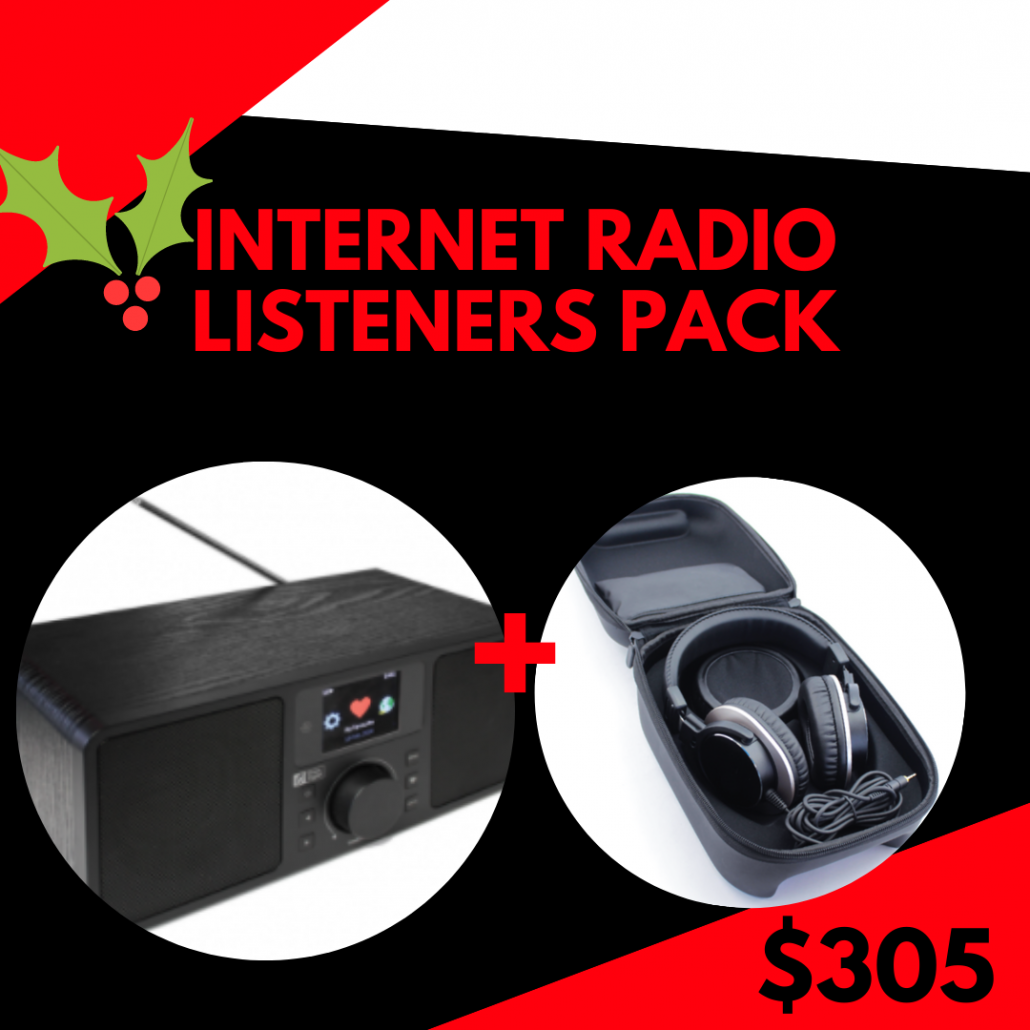
Internet Radio listening pack.Already a shortwave enthusiast but want to optimise your shortwave listening to world wide online stations too? This is the perfect pack featuring our stylish Apogee internet radio used in combination with our HiFi communication headphones for comfort and clarity! Simply connect to your existing internet service. You can turn up the music and not bother anyone else in your home!
Deal price $305 Normally $345
Travellers Companion Pack
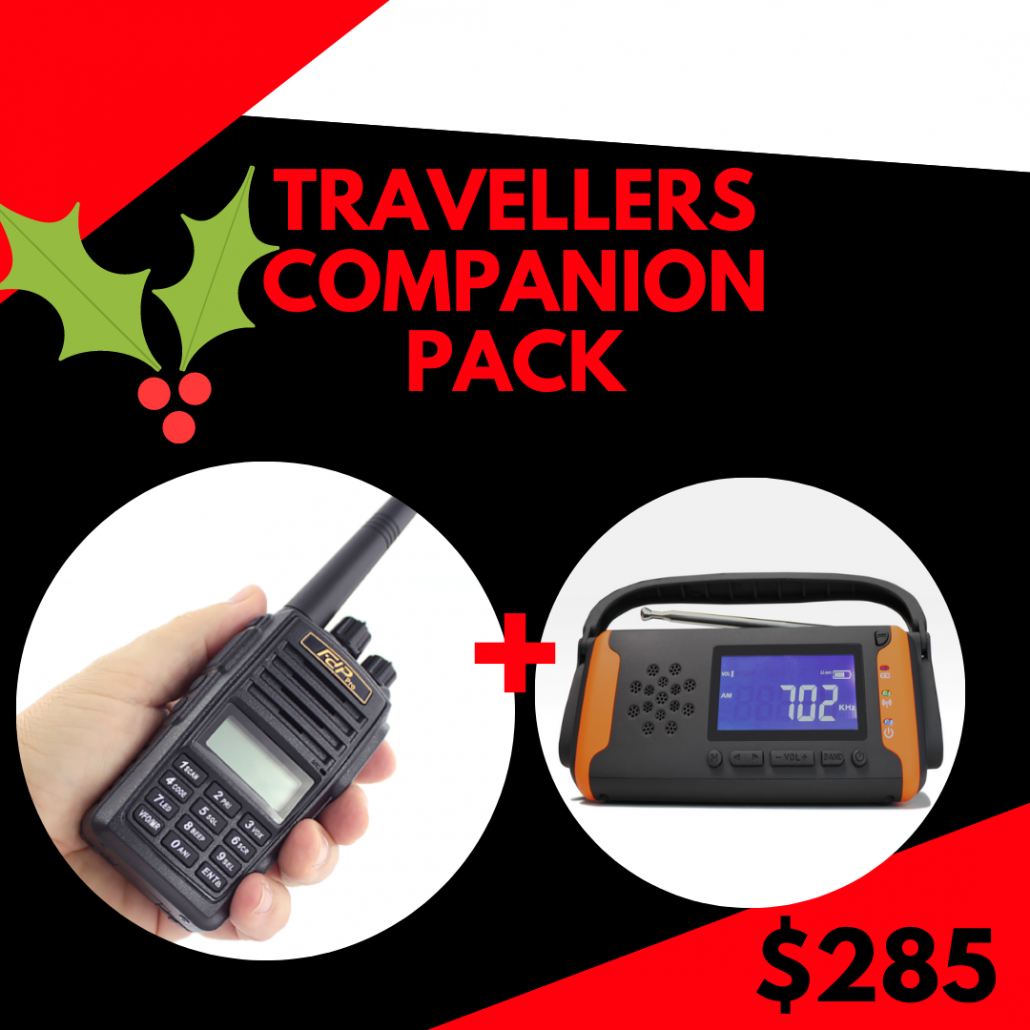
The FDPRO is perfect for travelling. Keep in touch with others in your immediate area, buy two units and keep in touch with the kids. Ideal for car to car communications, yet with the flexibility to keep in your grab bag in case of emergencies. Keep in touch over the CB band when you are on the go.
Accompany this with an Emergency radio that contains USB charger, emergency alarm and flashlight and you are set for the road and prepared for anything.
The perfect gift for people who may be about to hit the road travelling around Australia, those who live in rural areas or people who love to go camping and get out and about in nature.
Deal price $285, normally $305The DRM Pack
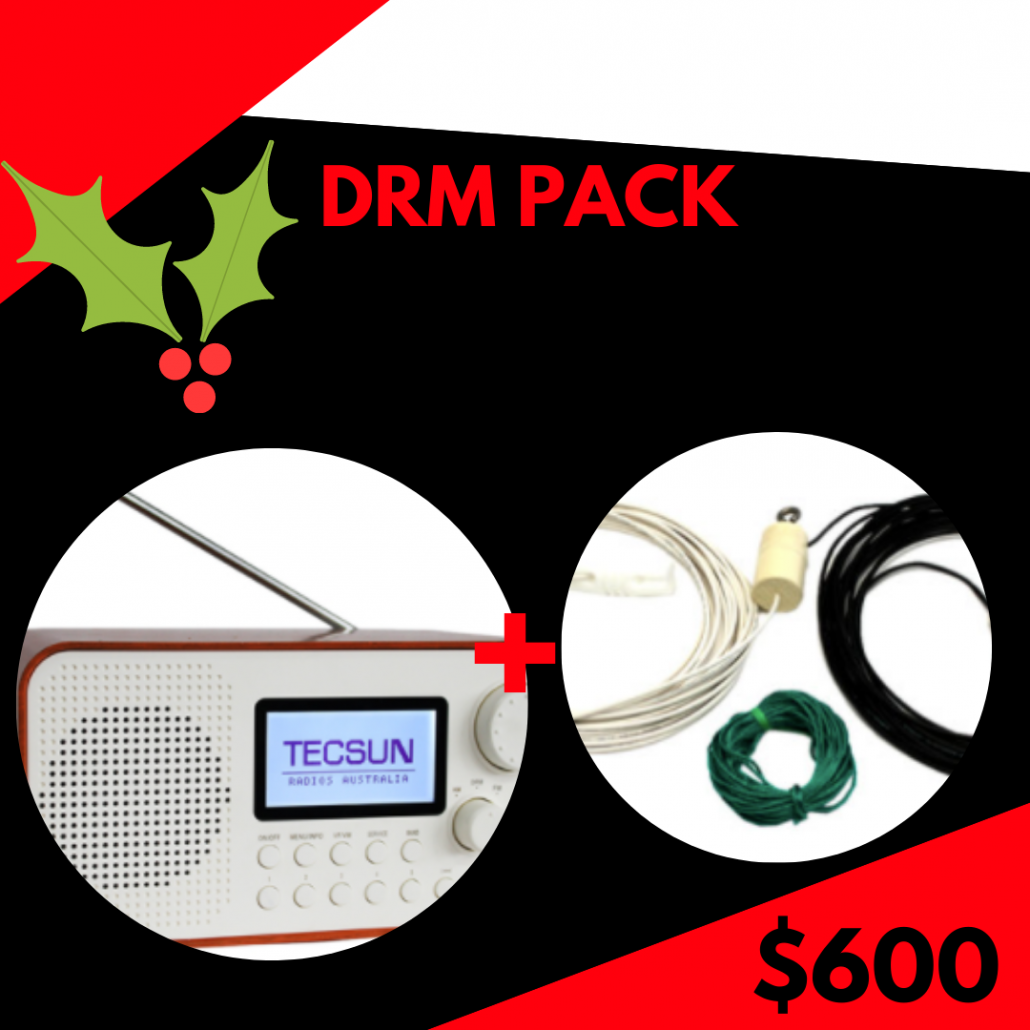
This fantastic pack broadens your listening to the digital radio world allowing you to both listen to shortwave and receive and decode DRM Shortwave Radio signals
Finally, a stand-alone Digital Radio Mondiale (DRM) Shortwave Radio has arrived and is available for DRM and shortwave radio enthusiasts to add to their collection.
The TRA Q-3061 DRM Shortwave Radio has been a long time coming and after evaluating dozens of samples over the years we have finally found a stand-alone desktop DRM radio that is suitable for Australian, New Zealand, and Pacific Islands listeners.
The TRA Q-3061 DRM Shortwave Radio is primarily designed to receive and decode DRM Shortwave Radio signals but the radio can also be used to receive traditional Shortwave (AM) broadcasts, FM, and AM (MW) broadcasts. The Tecsun Radios Australia Q-3061 DRM Shortwave Radio receives DRM, FM, and Shortwave (AW) signals via the inbuilt telescopic antenna, or for superior reception, the radio provides two dedicated external antenna BNC connections for DRM, Shortwave (AM), FM, and AM (MW) signals. On the FM band, this receiver also decodes RDS where broadcast. In slow tuning mode, the frequency step is reduced to 1 kHz. This is an advantage when tuning the extended MW band (530-1710 kHz) to receive specialised broadcasters in Australia.
The TRA Q-3061 DRM Shortwave Radio is for experienced shortwave users. There is a limited number of DRM signals available in our region although the total number of DRM broadcasts are increasing. This radio is squarely aimed at radio enthusiasts and DXers, most signals require an external antenna, experience, and patience.Included in this pack is the reception boosting Tecsun Shortwave and AM Outdoor Antenna which significantly enhances the reception of signals in the medium wave (AM) and shortwave antenna bands covering 0.5-30 MHz. The Tecsun Shortwave and AM Outdoor Antenna is based on a long wire antenna design but provides significantly improved reception over a long wire because the Tecsun Shortwave and AM Outdoor Antenna utilises a matching transformer that acts as a balun with a ratio of 10:1.
This pack is $600, normally $640Complete Hobby Radio Shack Pack.
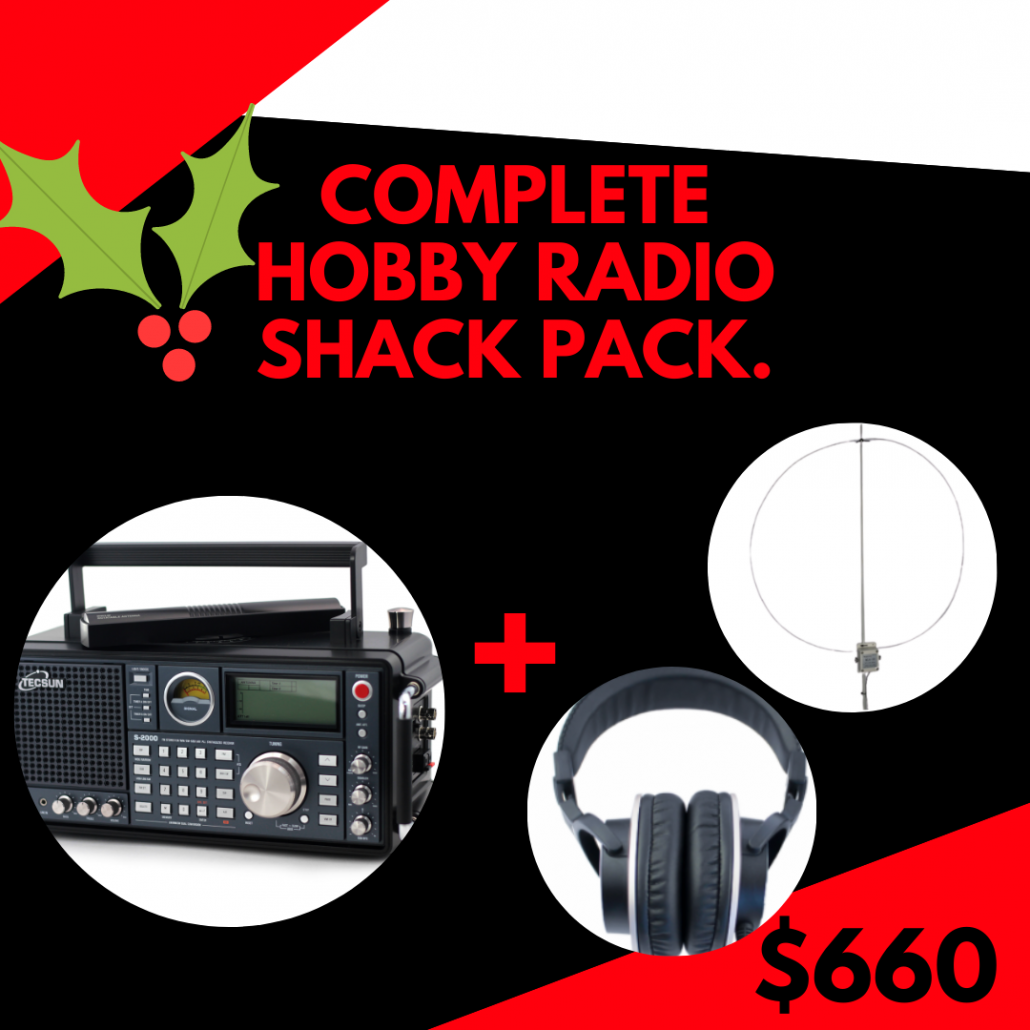
Receive huge discounts when you buy these products at the same time, simply add items to the cart and use the above code at checkout to get your discount!Go on, you deserve it. You have worked hard your whole life and now is the time you can dedicate to exploring the fantastic hobby that is shortwave. Beyond a man cave, a radio shack is a place you go to tinker, to tune and to uncover some of the world’s mysteries within one of the oldest hobbies around!!To complete your radio shack we recommend the following bundleThe S2000, a quality desktop radio that not only looks the part with its classic styling it also will enable you to tune in to SW, MW, AM and FM to follow your favourite stations and perhaps happen across a new broadcast you have ever heard before!Included in this bundle is the MLA-30+ Shortwave Loop Antenna that can be mounted indoors to boost the performance of your Shortwave radio and increase the number of radio stations and broadcasts that can be received.Once you have found your favourite stations simply program them into your S2000 and add your final accessory for the best and most comfortable listening possible. A pair of Tecsun hifi communication headphones. and add your final accessory for the best listening possible. Some Tecsun hifi communication headphones.Bundle and save, deal price $660, normally $710 when all 3 purchased together in one checkout.For those serious about Ham Radio
The New Ham

This pack contains everything you need to listen to shortwave radio.
Xiegu G90 + Antenna +Headphones Only $1100, normally $1167The star of this pack is the Xiegu G90, truly a world class radio transceiver. The XIEGU G90 HF Transceiver is a High-Performance Portable Amateur Radio Transceiver. This powerful portable HF multimode transceiver covers 0.5-30MHz (10-160 metres on TX) with 20 watts of RF output. The XIEGU G90 HF Transceiver utilises a software-defined (SDR) 24-bit architecture to provide superb transmit and receive performance.Use the supplied separation cable to mount the control head where you can see it and the transceiver out of the way, to maximise operating room in your radio shack.Improve your reception with The TRA HF Portable Dipole antenna is rated at 100 Watts PEP power handling capability. Featuring 10 metres of Rg58 cable for easy connection to most transceivers.Note: Best results will be obtained when the antenna is at least 4 metres above ground. In theory, the antenna should be at least a quarter wavelength above the ground for best results, so the height will correspond to the operating band. Generally, higher is better.Your final accessory in this pack is for the best and most comfortable listening possible in your radio shack. A pair of Tecsun hifi communication headphones. With memory foam ear covers and an extra-long cord to reach your radios.Bundle price $1100, normally $1167
OFFER VALID TILL MIDNIGHT DEC 24.
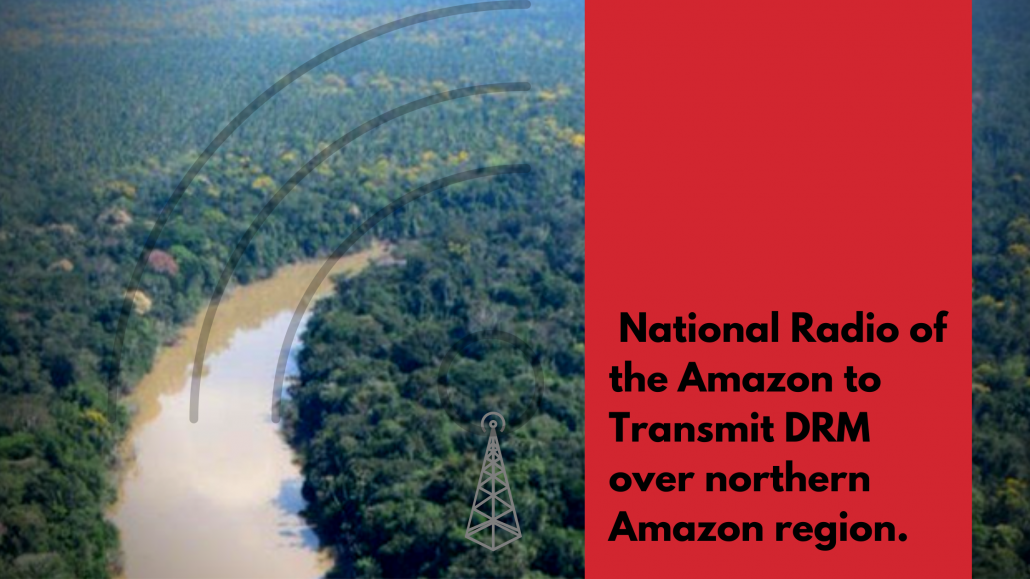
The People of the Amazon will soon be covered by DRM shortwave as National Radio of the Amazon orders a 100 kW BT transmitter
The vast area of the Amazon known as the Amazon Rainforest is the largest tropical ecosystem in the world, with rainforest covering roughly 40% of South America, stretching over ten countries in South America, and is almost as large as the United States! The rainforest is home to both large and small communities in very remote areas, some harvesting crops along the rivers and others in more secluded villages deep within the forests.
As you can imagine communication to these areas can be difficult so it was no surprise when at the end of last year, testing of DRM technology began using a transmitter of 2.5 kW with the digital power of just 1 kW.
Despite this low power of the transmitter supplied by BT Transmitters, recordings were reported from different regions of the country and even from North America and Europe.
As a result of these tests, the National Radio of the Amazon decided to use DRM shortwave transmissions to serve indigenous populations in the northern Amazon region.
At the sizable cost of $650,000 USD. Public broadcaster Empresa Brasil de Comunicação (EBC) ordered a 100 kW BT transmitter to broadcast in DRM at 11,780 kHz in the 25-meter band, an existing shortwave channel used by Rádio Nacional da Amazônia.
This is considered to be the first domestic DRM installation on a locally produced transmitter in Latin America.
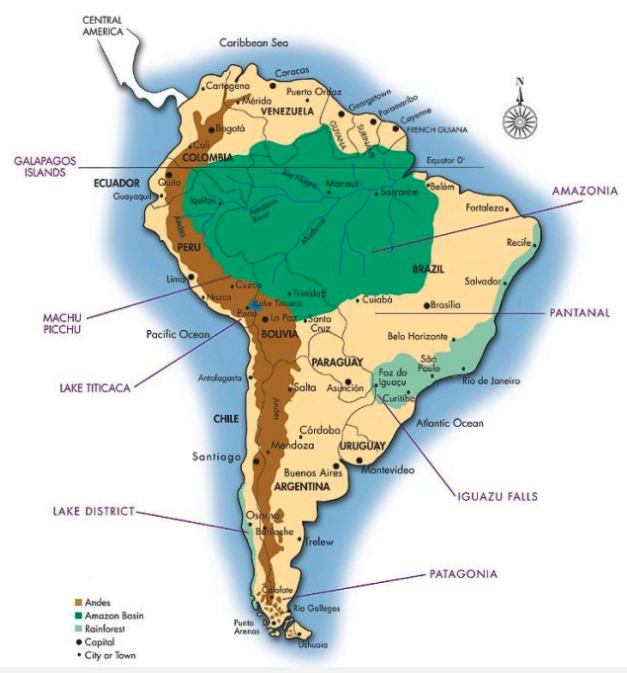
Information from The Digital Radio Mondiale Consortium.
Image via https://amazonaid.org/


